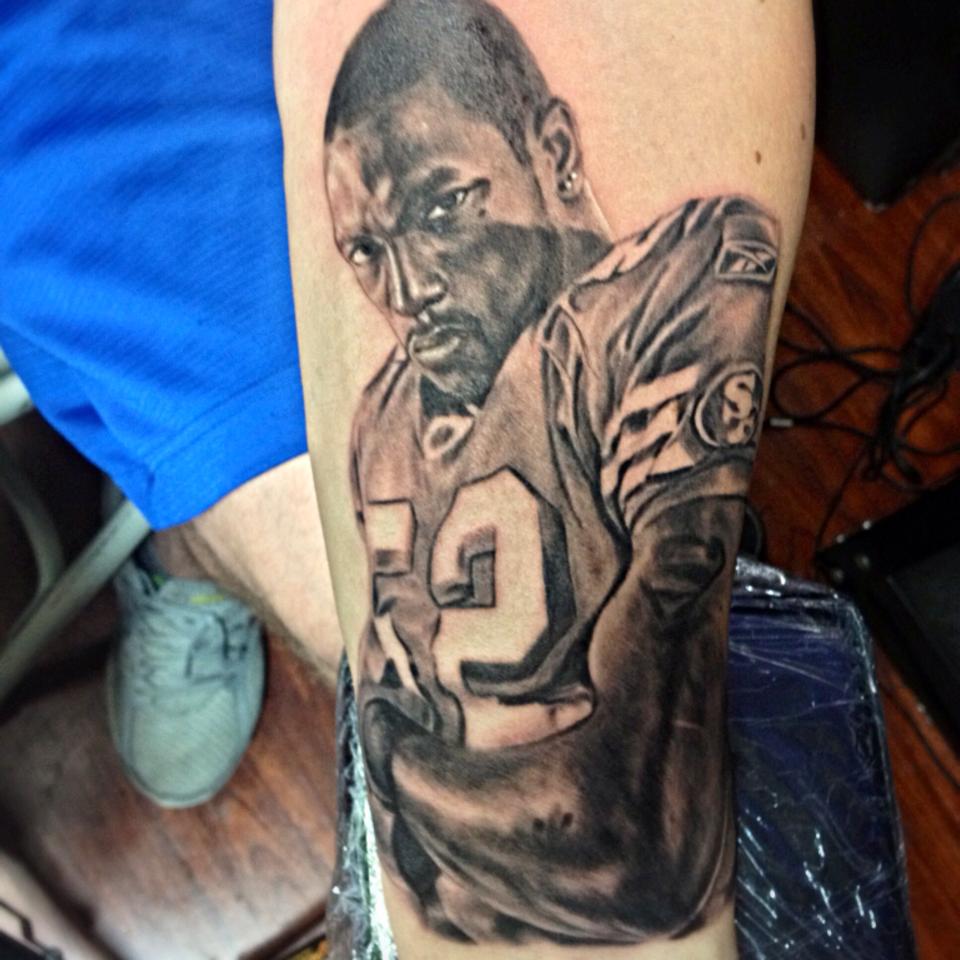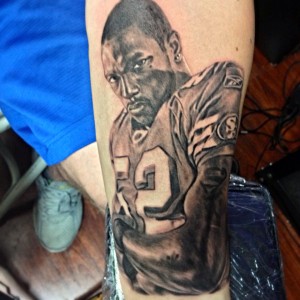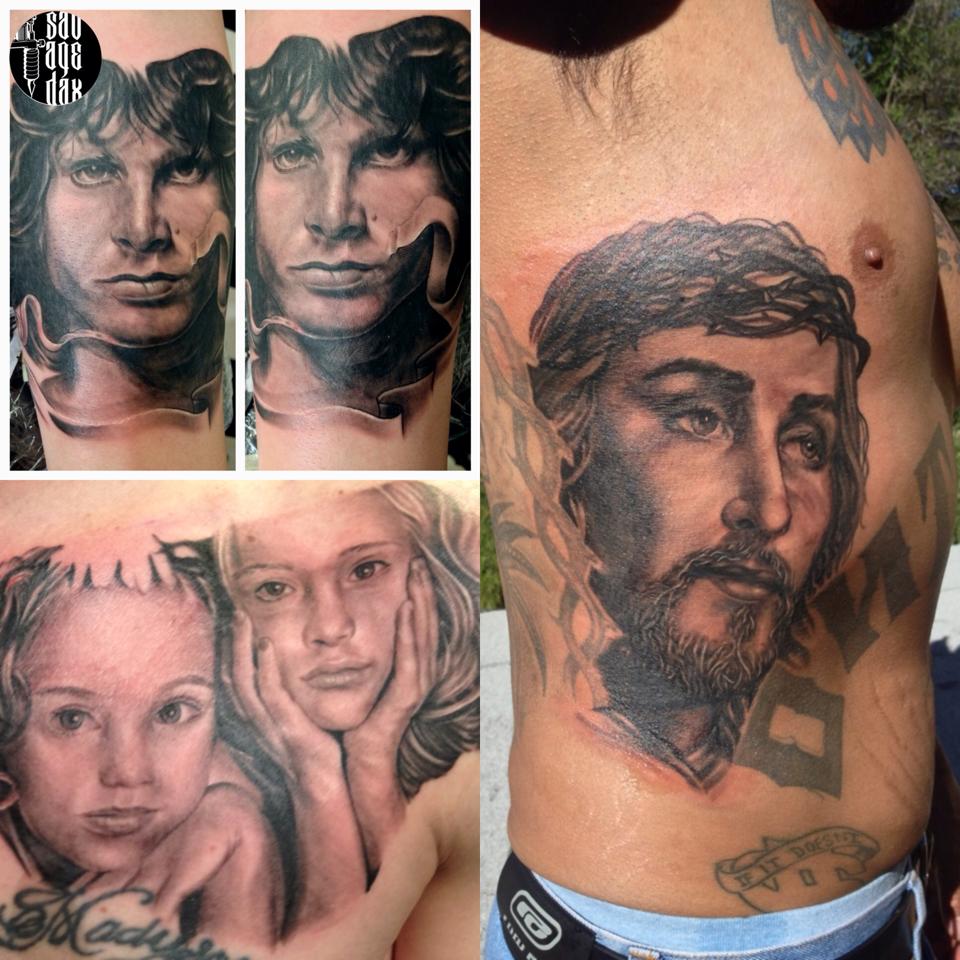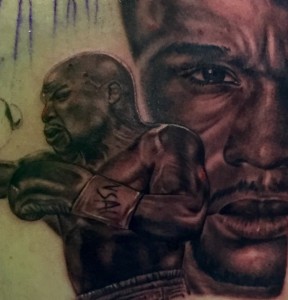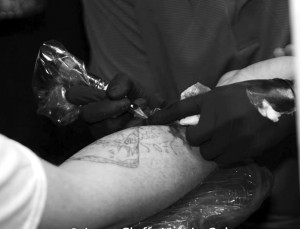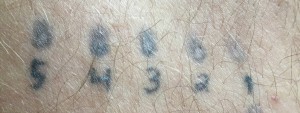How To Tattoo Portraits Step-By-Step with my System
Ok! so today marks the 5th piece of Content for our FREE Series
BUT…
This isn’t where it ends!
below you have access to a free mini-tutorial video you can use to help bring clarity to the step by step process of doing a black and grey Portrait.
(finish reading this article and watch the video immediately!)
Maybe You’ve heard by now about what I call The Realistic Portrait System..
If so, cool this is a refresher and will crystallize your UNDERSTANDING.
If not..
Let me introduce you now:
It’s the simplest, most effective way to do black and grey portraits that I have found…
And it WORKS.
Not just for me but for many artists I’ve had the pleasure of coaching.
It’s a 3 step process.
and when you KNOW the process of something– that opens you up to something VERY valuable…
that brings CLARITY and CONFIDENCE.
because you know where to start, you know where you’re at, and you know where you’re going…
No more Spaghetti Tattooing this is a PROVEN SYSTEM.
Below is a Link to a Free Mini-Tutorial where I break down my system
P.S. check your email from me on: March 31st Thursday 8AM
Realistic Portrait System Video:
Click Here to Watch The Video


